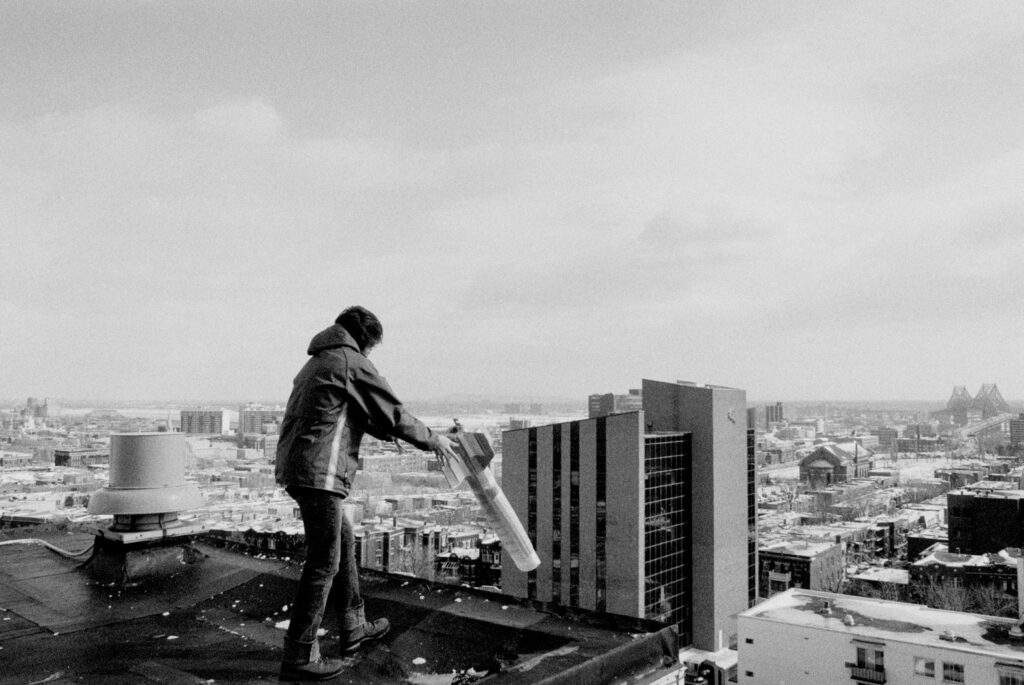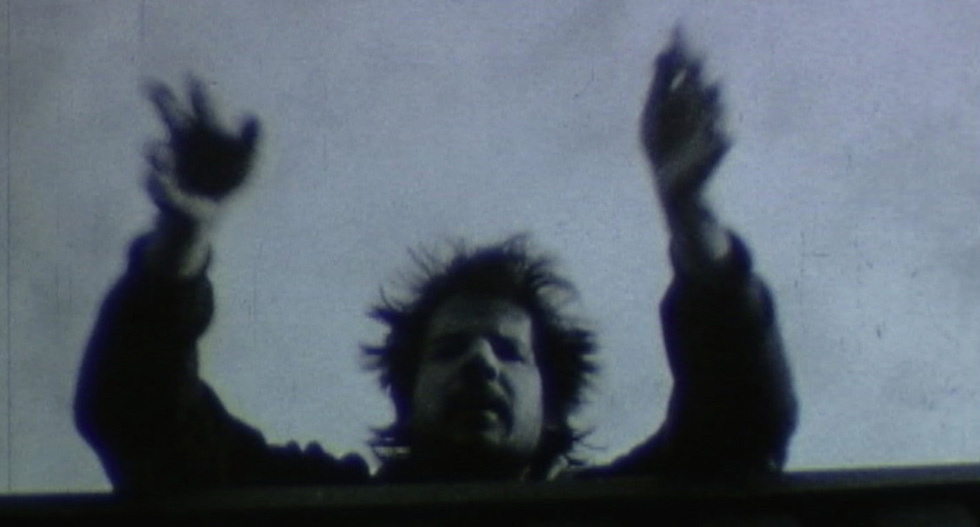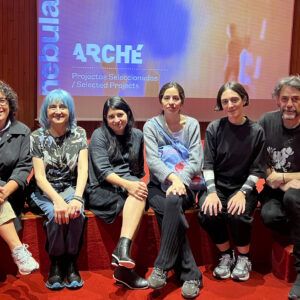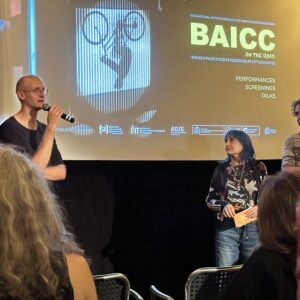Today, we invite you to climb up the creeper vine that grows on our Secret Garden program. Our internet-based offer for Tuesday 29 includes three online programs that share a peculiarity: the upward motion. The streaming of a new special episode of our section Sinais en curto, devoted to Galician artist Tono Mejuto, will be followed by the second Flower of the Day. As for our Camera Obscura special, make sure you don’t miss today’s appointment with Canadian filmmaker Alexandre Larose!
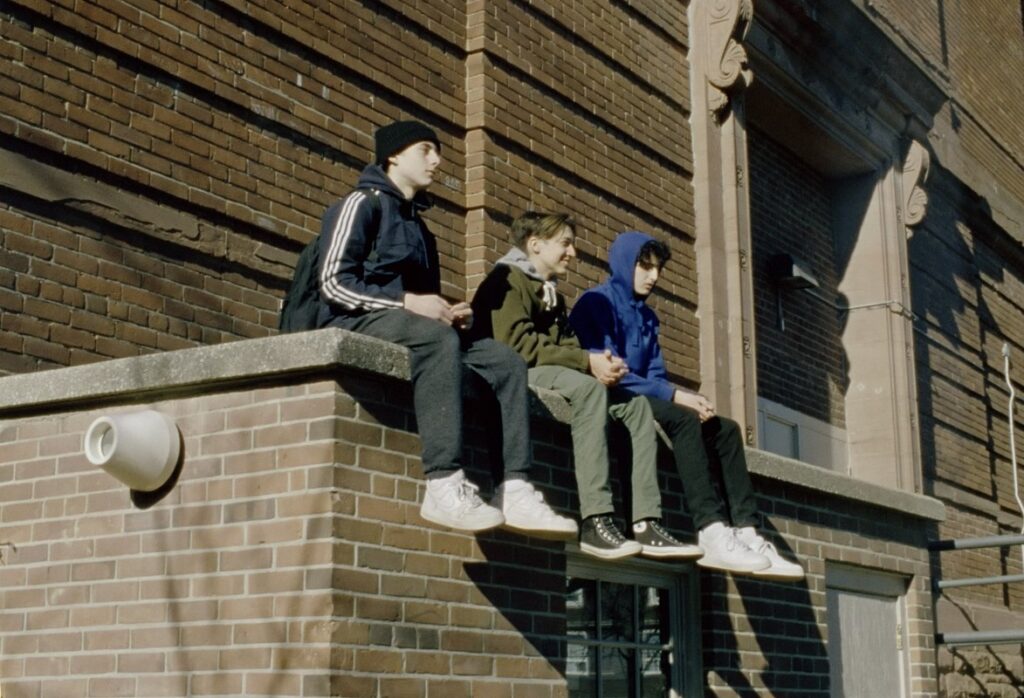
Tono Mejuto is a Galician filmmaker who has also developed a career as an architect and photographer. This particular background shows in his films, especially in the ones we’ll be sharing with you today –both Relieves, filmed in 3D 16mm in Toronto, and Unidade Veciñal reveal the author’s thorough observation of the buildings of the city and its infrastructure, which Mejuto mingles with the human ways in which people inhabit them.
Relieves, a symphony of a city structured in three levels, is a film that unfolds through a collection of subtle gestures that creates a swaying rhythm. From minuscule gestures of people in the subway to the rhythmic motion patterns that unfurl on the surface of the city: smoke rising up, pigeons about to take off, a man that passes by, the linear pattern created by the power grid when you look up to the sky among the buildings…
In Unidade Veciñal, the feeling that you’re floating is reinforced by a rhythmically structured upward motion that takes us on a flight from the ground floor of a residential building (one that is an essential reference for Spanish students of architecture) up to its rooftop terrace –a journey that allows us to discover every floor, the life of every neighbor and the ways in which they inhabit their space in the building.
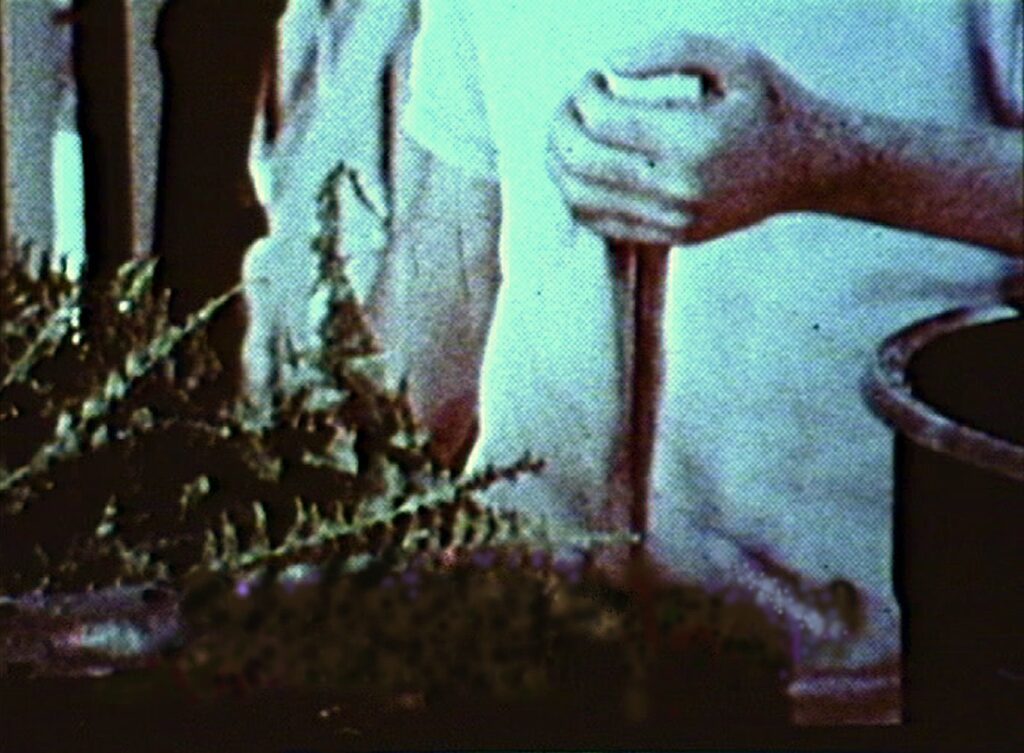
The upward motion in Unidade Veciñal connects with Julieta Averbuj’s Plantas trepadoras (Climbing Plants), the film that opens the second episode of our section Flower of the Day, titled Found Flowers, where we bring to you a selection of films made with found elements. Averbuj’s film emerged from a spontaneous discovery. In it, a 16mm film strip appears to climb the 35mm film strip onto which it has been copied, suggesting an analogy with the climbing plants of the original footage.
Janie Geiser, the author who signs the second film featured in the episode, hunted for her found elements over the course of several years –at flea markets, bookshops, family albums, and even in trash cans. Among Geiser’s found items, we can find didactic illustrations and “orphan” negatives abandoned by anonymous people, which she brings to life somewhere between this world and the next. Swaying on that threshold we find Cathode Garden, a film that conjures both a collective memory of emotions and an irretrievable spectral territory. Last but not least, we’ll delve into the work of Julie Murray, who recovers discarded footage that originally wasn’t filmed with an artistic purpose. In As I Began to Wish… she gives a new meaning to an education film for the deaf-and-dumb by altering its editing and reversing the images. In so doing, she builds a discomfort that attains an unsettling climax: fruits and flowers close down in themselves and back into the earth from which they emerged, and a father and his son, together inside a greenhouse, become mediums that channel the ghosts of birth, growth, and death –the impossible healing of trauma.
Our online offer for today closes with the second episode of Camera Obscura, in which we interview Alexandre Larose, a Canadian author based in Montreal. We can say that Larose is a true experimental filmmaker in the strict sense of the word: his film series, similar to the studies of a painter, are almost endless experiments through which he aims to explore each and every possibility of a chosen motif, medium, or technique. In today’s program we bring to you a selection of excerpts of the main series that form Larose’s corpus. We’ll begin with his Ville Marie series, in which an ascending trip up the Ville Marie building is followed by the abrupt drop of a camera loaded with a super 8 cartridge. The footage captured by this camera is what Larose later used to develop multiple variations on a theme, using an optical printer. Then we’ll delve into his Brouillard series –a mesmerizing walk along the road that leads from a house to a nearby lake–, and discuss his latest pieces, where he explores the everyday actions and gestures of several members of his family. To complement the exciting and delightful discussion on Larose’s creative processes of this Camera Obscura episode, you might be interested in reading Tess Takahashi’s interview with the author for Desistfilm that you can find here. If you happen to be in A Coruña this evening, we remind you that we bring to you the opportunity to enjoy this film on-site, in a physical movie theatre, and in physical company, at 8:00 pm in the CGAI building.
